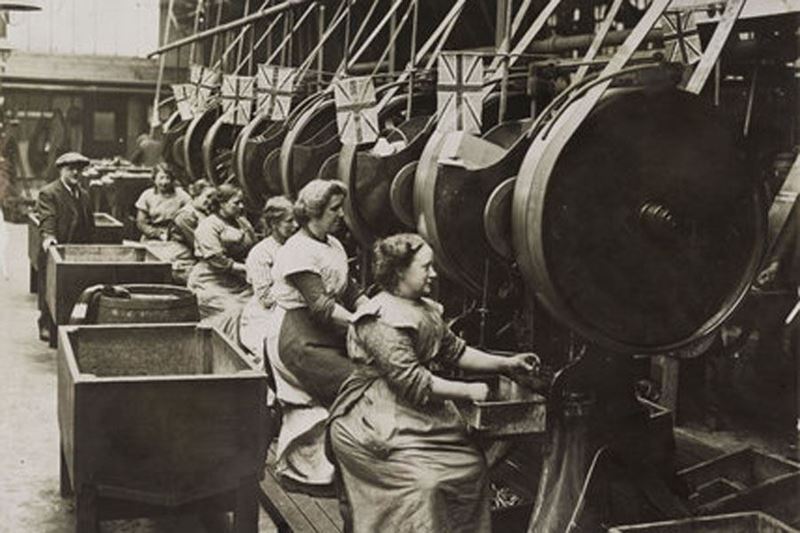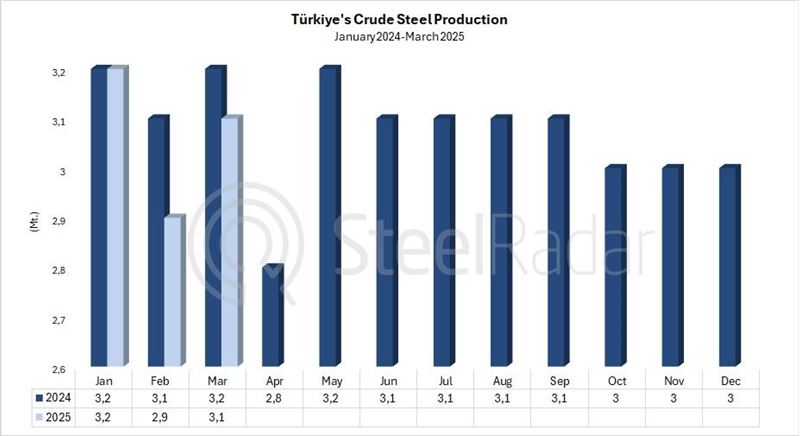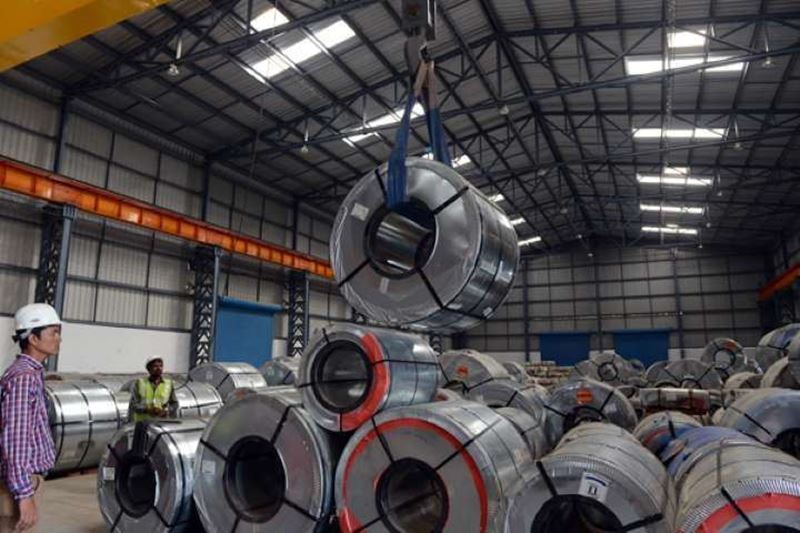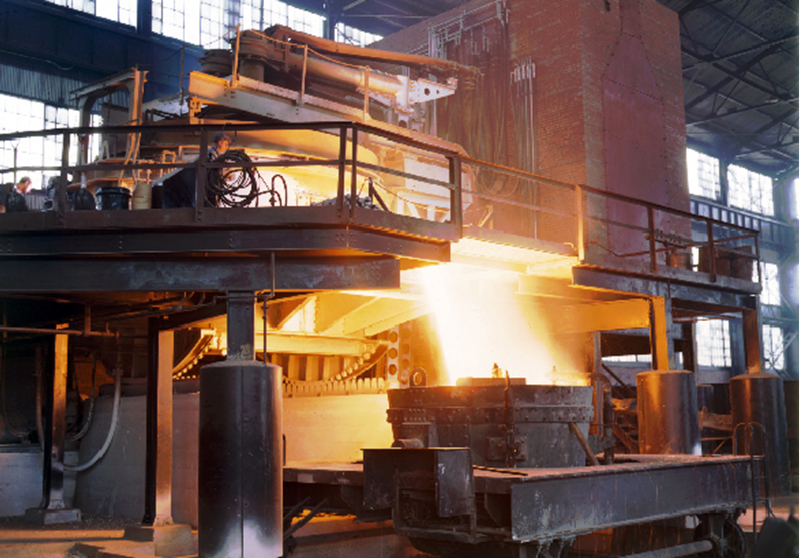International Women's Day, which is celebrated every year on March 8, shines out as a day to raise awareness and send strong messages about gender equality not only for women but for all humanity. Besides having a history dedicated to women's rights and equality, this special day is also recognized as a symbol of the struggles that still continue today.
Inequality costs 12 million dollars
The annual Global Gender Inequality Report of the World Economic Forum underscores the cost to the global economy of gender inequality in labor force participation and income distribution. Globally, this inequality represents a loss of around $12 trillion, with some countries experiencing losses of up to 35%. Economic inequality in particular has been exacerbated by the COVID-19 pandemic, negatively impacting women in leadership roles and income inequalities.
Five elements are essential for women's economic empowerment
The United Nations (UN) underlined five important elements to accelerate women's economic empowerment. Firstly, financial support for small and medium-sized enterprises can increase the potential of women entrepreneurs to grow their businesses. With financial resources, women will have access to better land, knowledge, technology and natural resources, allowing them to utilize their economic potential more effectively.
The second element includes creating freedom, equality and a safe working environment for women. Gender inequality can be counteracted by reducing female employment in the informal economy, pay transparency and equal pay. It should also aim to increase women's representation in sectors such as science, technology and engineering.
The third element focuses on inequality in the amount of time women spend on household chores. This inequality can be addressed by creating awareness-raising and support mechanisms that encourage the sharing of household chores.
The fourth element seeks to ensure women's safety at work and at home. By supporting anti-violence policies and programs, violence that hinders women's economic participation can be prevented.
Finally, the fifth element stresses human rights. It aims to take effective steps to combat gender inequality and discrimination by challenging unjust economic systems. These five elements identified by the UN stand out as a comprehensive strategy for women's economic empowerment. According to the UN, the number of women and girls living in crisis-affected countries reached 614 million in 2022. This number increased by 50 percent compared to 2017.
The World Economic Forum is working on Gender Equality Accelerators, which focus on improving legislation and workplace policies that respond to economic gender inequality. Countries such as Argentina, Chile, Colombia, Costa Rica, Dominican Republic, Ecuador, Honduras, Mexico, Honduras, Mexico and Panama have adopted these accelerators to increase access to economic opportunities for 867,318 women. These efforts are supported by the Inter-American Development Bank (in partnership with Egypt, Jordan, Kazakhstan, Kenya and Japan).
Investments in gender equality, however, remain insufficient. The UN warns that conflicts and price increases could lead to reductions in public spending in 75 percent of countries by 2025, negatively affecting women and basic services. To overcome these challenges and achieve the goal of gender equality by 2030, an additional investment of $360 billion a year is needed.
One in every 10 women is extremely impoverished
International Labor Organization (ILO) data indicates that in 2022, the proportion of women in the world's working-age population was 50.2 percent. In the same year, the share of women in employment and management was 39.7 percent and 27.5 percent, respectively.
The gender gap in the labor force globally has hovered around 30 percent since 1990. While the participation rate of men is around 80 percent, that for women is 50 percent.
The gender pay gap is estimated at 20 percent. This means that many women earn only 80 percent of what men earn.
According to the UN, one in 10 women live in extreme poverty. And globally, over 2.7 billion women are legally restricted from doing the same work that men prefer.
Employment rate of women is 30 percent
Turkish Statistical Institute data reveals that the employment rate of women is less than half of that of men. According to TUIK data, Türkiye's female population was 42 million 638 thousand 306 people. It was observed that the employment rate of women was less than half of men. The employment rate of women was 30.4 percent, while it was 65 percent for men. It has been determined that women receive lower salaries than men at all levels of education. This situation reveals the difficulties encountered in women's participation in economic life. Labor force participation rates vary significantly across regions, showing how economic gender inequality can vary depending on local dynamics.
The growing presence of women in leadership roles and knowledge in traditionally male-dominated industries, such as the iron and steel sector, can be considered a sign of progress. Remembering strong women in this sector enhances the meaning of International Women's Day on March 8.
With a history dating back to the struggle for women's rights, March 8 International Women's Day is celebrated as a symbol of women's struggle for equality and justice. However, the meaning of this day is not only limited to remembering the painful events of the past; it is also a symbol of the ongoing struggle for a more just and equal world for future generations.
This year, the theme set by the UN, 'Invest in Women: Accelerate Progress', is a strong call for greater awareness of gender inequality, increased investment and encouragement for women to play a more active role in economic, social and political spheres. We must not forget that an equitable world is the responsibility of all of us, and taking one step in this fight means helping to shape the future.
As SteelRadar, we have gathered the stories of strong women in the iron and steel industry. You can click to discover the inspiring articles and experiences of successful women in the industry in our content which we prepared specially for International Women's Day on March 8.











Comments
No comment yet.